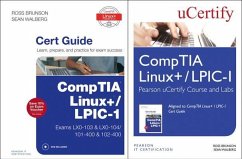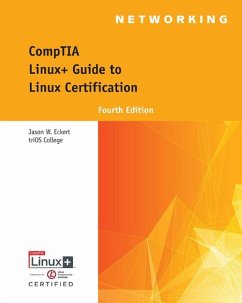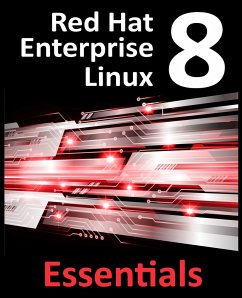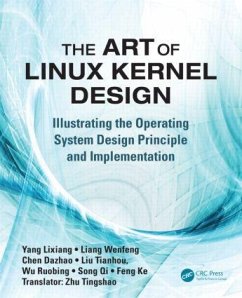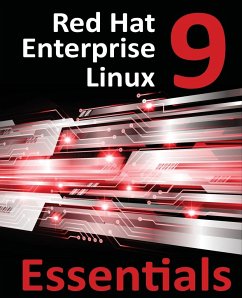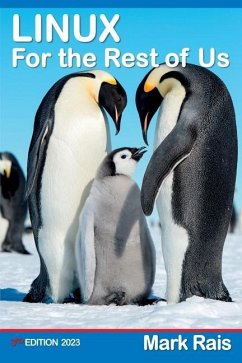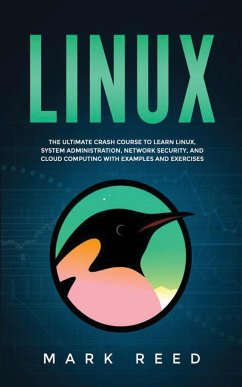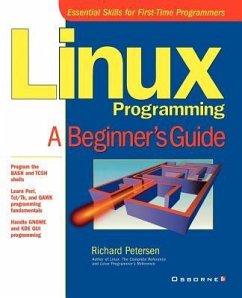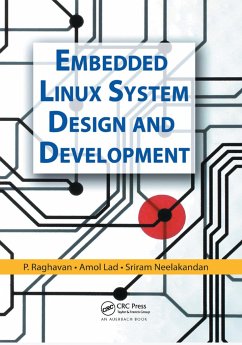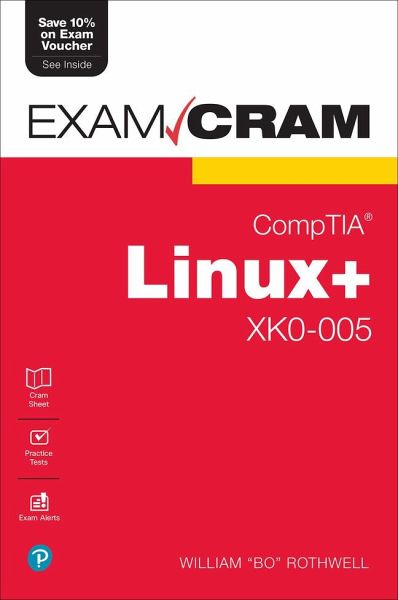
Comptia Linux+ Xk0-005 Exam Cram

PAYBACK Punkte
23 °P sammeln!
CompTIA® Linux+ XK0-005 Exam Cram is an all-inclusive study guide designed to help you pass the updated version of the CompTIA Linux+ exam. Prepare for test day success with complete coverage of exam objectives and topics, plus hundreds of realistic practice questions. Extensive prep tools include quizzes, Exam Alerts, and our essential last-minute review CramSheet. The powerful Pearson Test Prep practice software provides real-time assessment and feedback with two complete exams. Covers the critical information needed to score higher on your Linux+ XK0-005 exam! * Manage files and dire...
CompTIA® Linux+ XK0-005 Exam Cram is an all-inclusive study guide designed to help you pass the updated version of the CompTIA Linux+ exam. Prepare for test day success with complete coverage of exam objectives and topics, plus hundreds of realistic practice questions. Extensive prep tools include quizzes, Exam Alerts, and our essential last-minute review CramSheet. The powerful Pearson Test Prep practice software provides real-time assessment and feedback with two complete exams. Covers the critical information needed to score higher on your Linux+ XK0-005 exam! * Manage files and directories * Configure and manage storage * Manage software configurations * Implement identity management * Implement and configure firewalls * Create simple shell scripts to automate common tasks * Perform basic container operations * Analyze and troubleshoot storage issues and network resource issues Prepare for your exam with Pearson Test Prep * Realistic practice questions and answers * Comprehensive reporting and feedback * Customized testing in study, practice exam, or flash card modes * Complete coverage of Linux+ XK0-005 exam objectives




